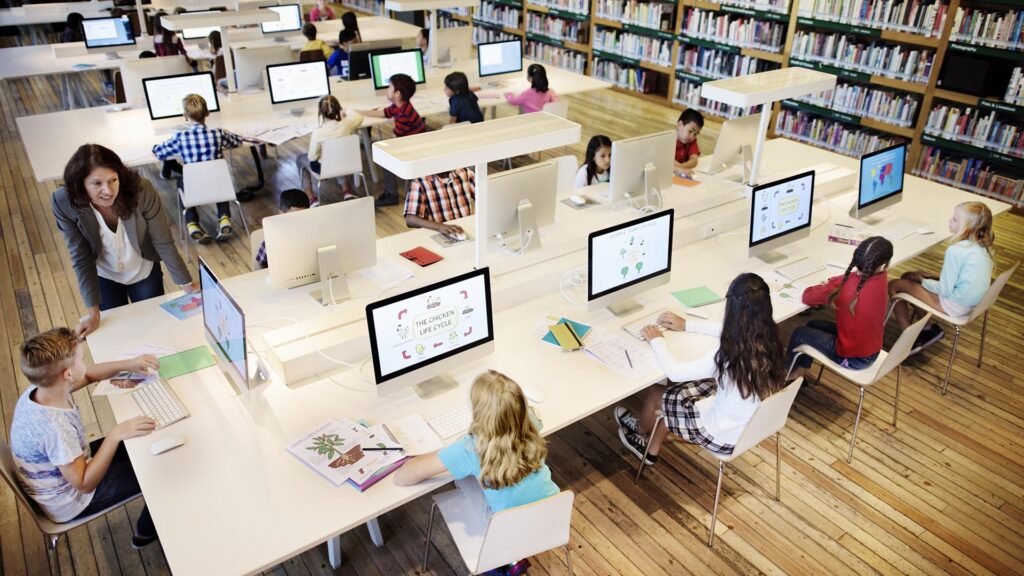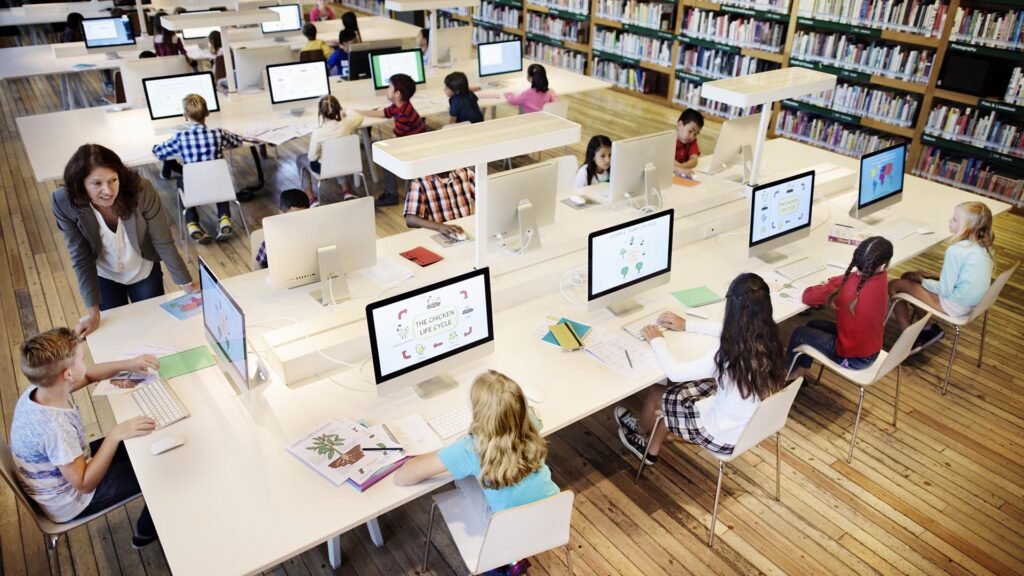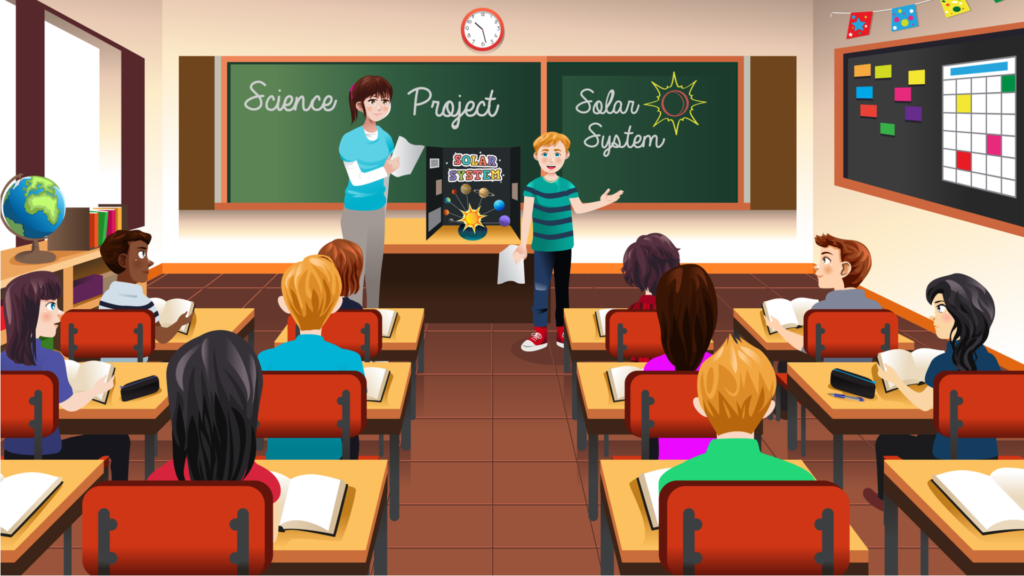Creating a Positive Learning Environment: Encouraging student involvement, motivation, and academic performance requires a favorable learning environment. Maintaining order is only one aspect of effective classroom management; other tactics that encourage good behavior and enhance student learning are also necessary.

Establish Clear Expectations
Establishing clear expectations early on is essential to establishing a disciplined and predictable learning environment. It is important for students to understand expectations regarding behavior, academic performance, and peer interaction.
Creating Classroom Rules
Create a set of rules with the pupils in a collaborative manner to instill a sense of accountability and ownership. Make sure the guidelines are clear, concise, and affirmative (e.g., “Raise your hand before speaking”).
Modeling Desired Behavior
Instructors ought to set an example of behavior that they want from their pupils. If being respectful, on time, and responsible are important, then acting in these ways will support that importance.

Using Positive Reinforcement
Recognize and commend good behavior to reinforce it. Students who receive positive reinforcement, such verbal compliments, stickers, or additional time off, are more likely to behave well.
Develop Positive Relationships
Building strong bonds with children is essential to encouraging cooperation, respect, and trust in the classroom. Student conduct and engagement can be greatly impacted by a positive teacher-student connection.

Show Empathy and Understanding
Attend to pupils’ worries and express understanding for their emotions. Try to comprehend each person’s unique requirements, abilities, and difficulties.
Communicate Regularly
Positive communication is a prerequisite for a successful learning environment. Formal and casual check-ins on a regular basis can make pupils feel respected and understood.

Visual Schedules
To assist children in understanding the daily timetable, use visual schedules or charts. For younger pupils or those with special needs, this method works very well.
Signal Transitions
Use clear signals or cues (such as a bell, clapping pattern, or hand signal) to indicate transitions between activities. This helps to maintain order and minimizes downtime.
Conclusion
A combination of proactive tactics, reliable routines, behavior management methods, and developing close relationships with students are needed to create a happy learning environment. Teachers may foster an environment in the classroom that values respect, participation, and a love of learning by concentrating on five important areas.
FAQs
What are some effective strategies for establishing classroom rules?
Give children a sense of ownership and responsibility by allowing them to contribute to the creation of the rules. Make sure that regulations are clear, concise, and positive (e.g., “Speak quietly indoors” rather than “Don’t shout”).
How can teachers build positive relationships with students?
Be sympathetic, attentive to students’ worries, and genuinely interested in their lives.
Encourage open and frequent communication while providing official and informal avenues for students to express themselves.
What role do routines play in creating a positive learning environment?
Establishing routines gives pupils security and consistency, which lowers anxiety.
They reduce downtime and disruptive behavior by establishing explicit guidelines for everyday activities and transitions. By creating a feeling of order, routines that are consistent can enhance children’ attention spans and readiness for learning.
What are some examples of positive reinforcement in the classroom?
verbal commendation (such as “Excellent job obeying instructions!”).
tangible incentives, such as extra recess time, stickers, or certificates.
advantages (such as selecting a lesson plan or holding a line leadership position).
Send encouraging comments to parents or guardians.
What should a teacher do when a student misbehaves?
Resolve the problem amicably and constructively, keeping the conduct in mind rather than the student.
To protect the student’s dignity and prevent shame, have private chats.
Use restorative techniques to help students see the consequences of their behavior and help them make amends.



